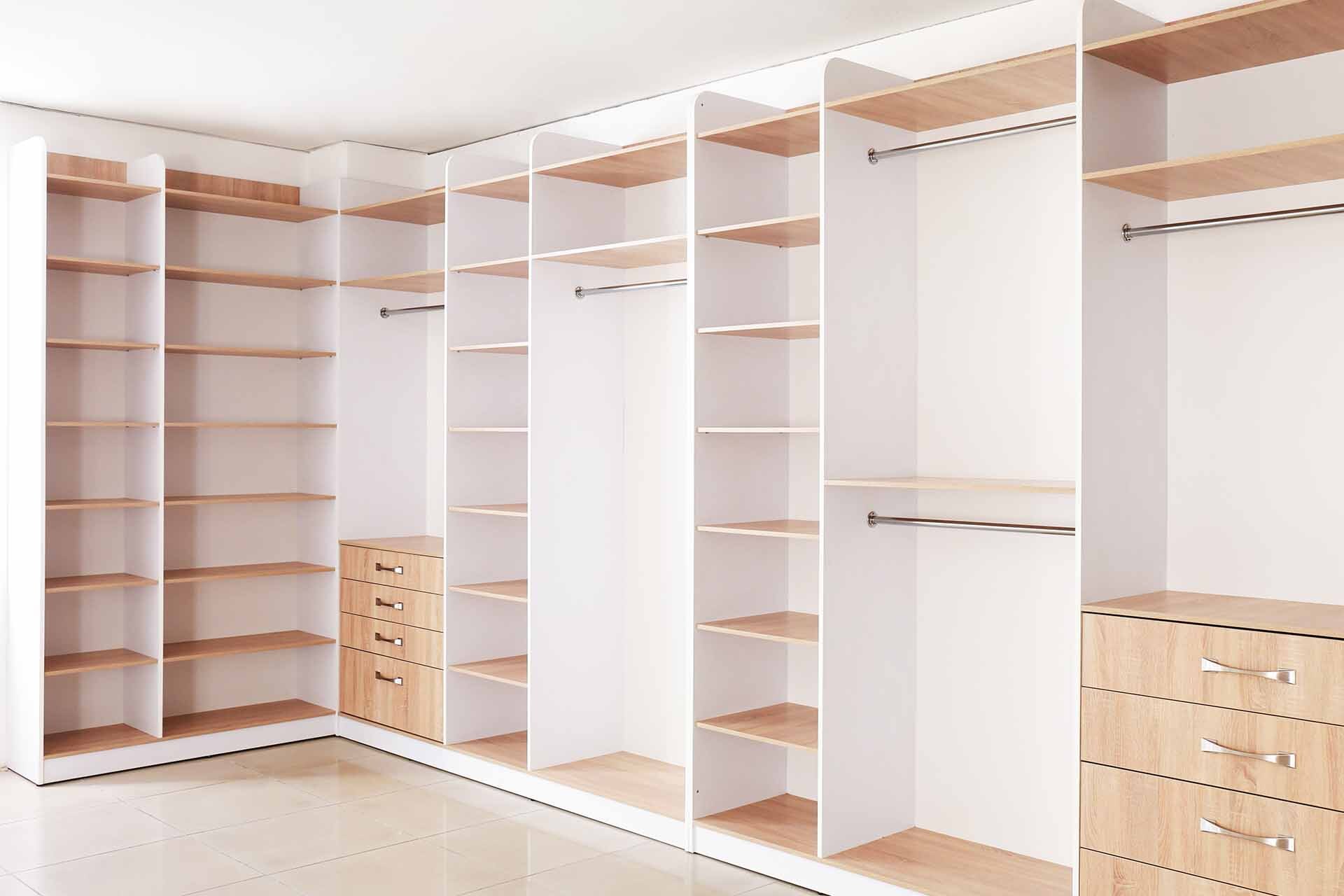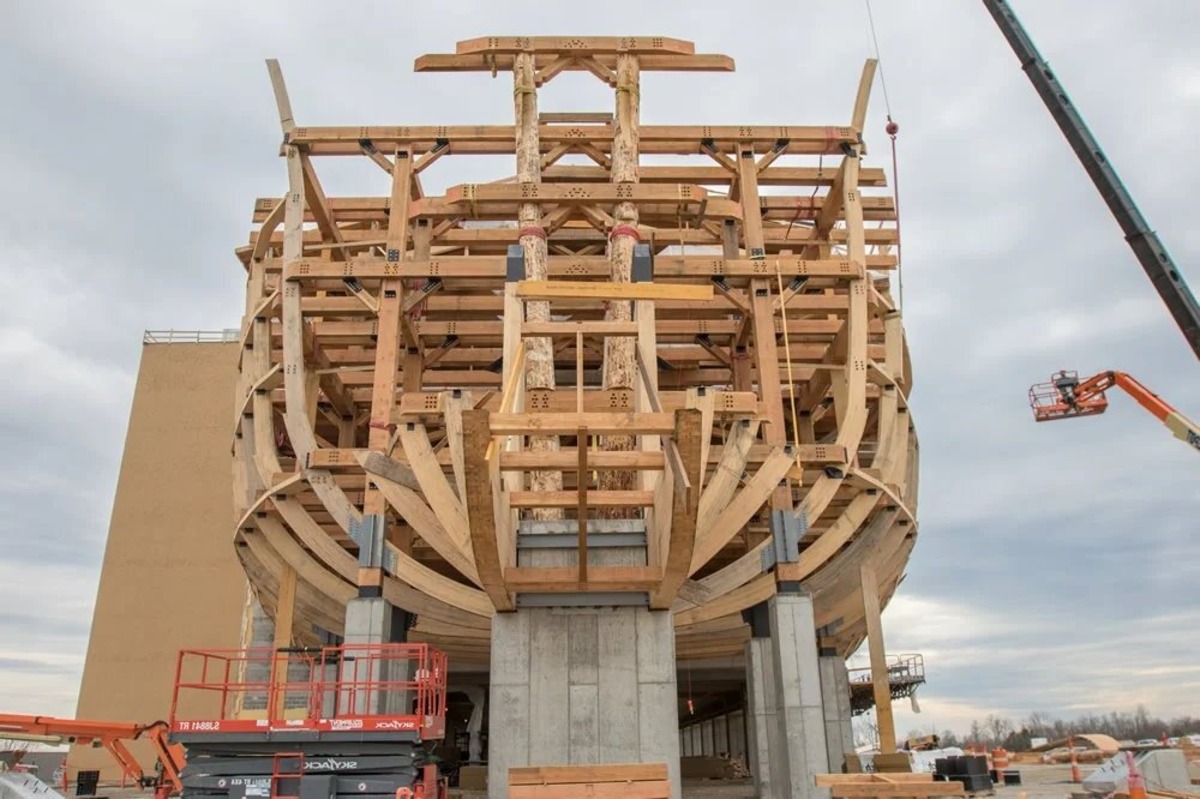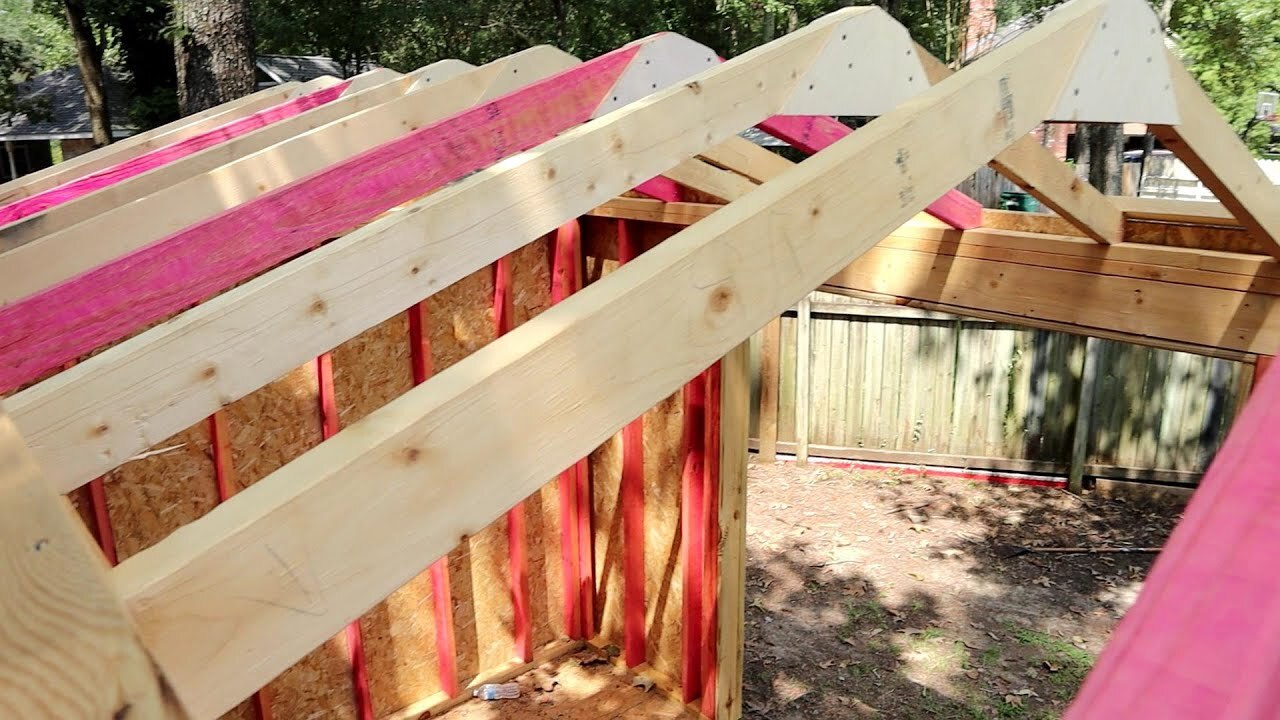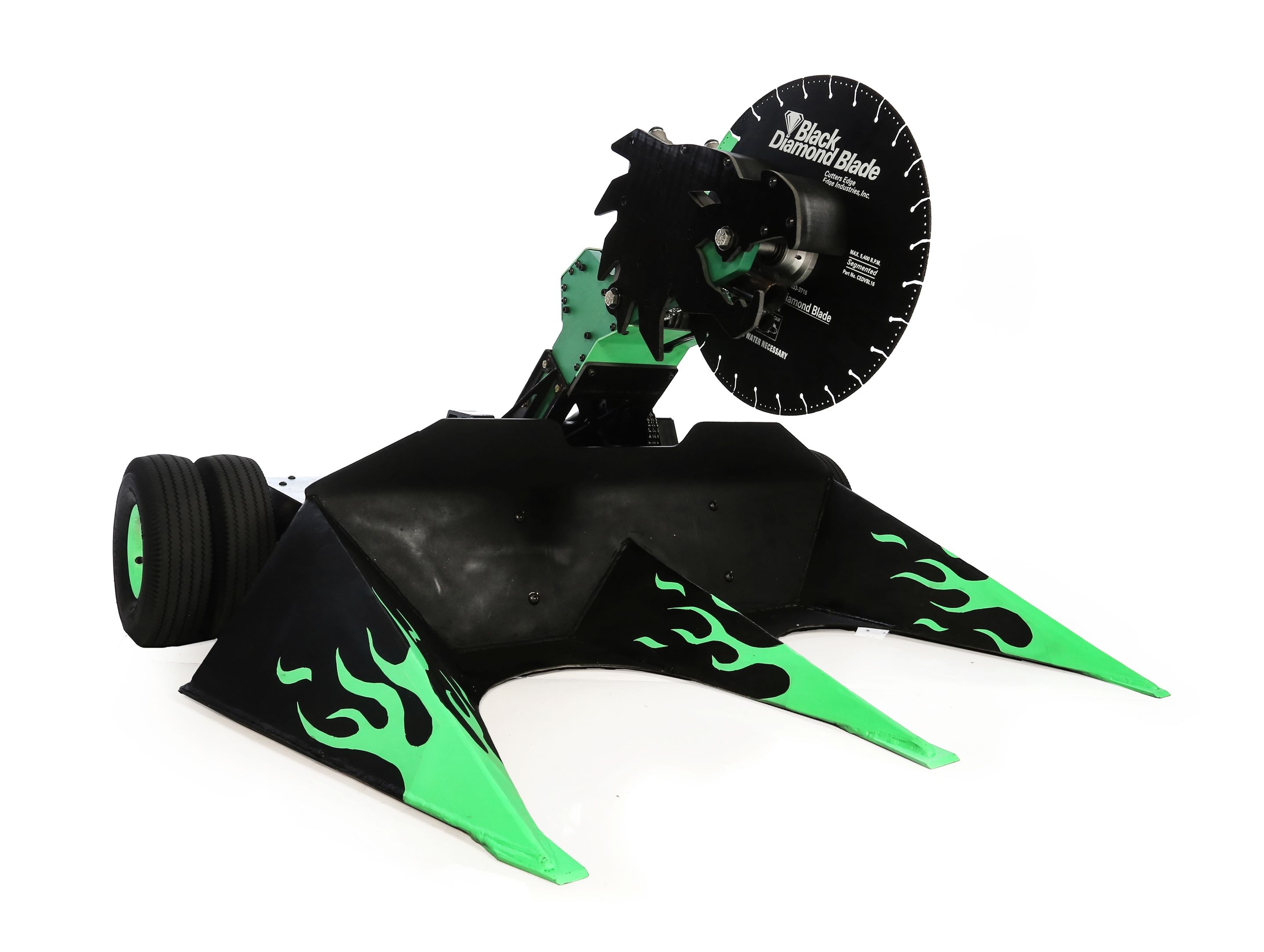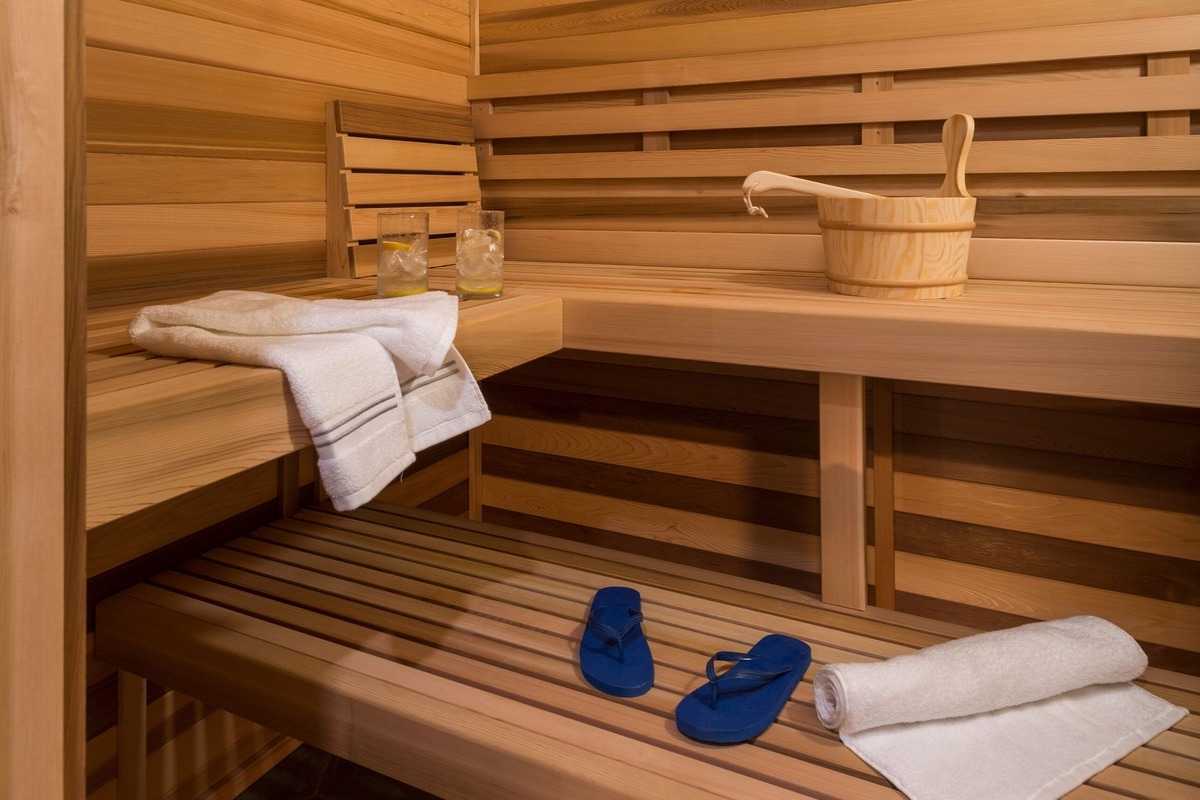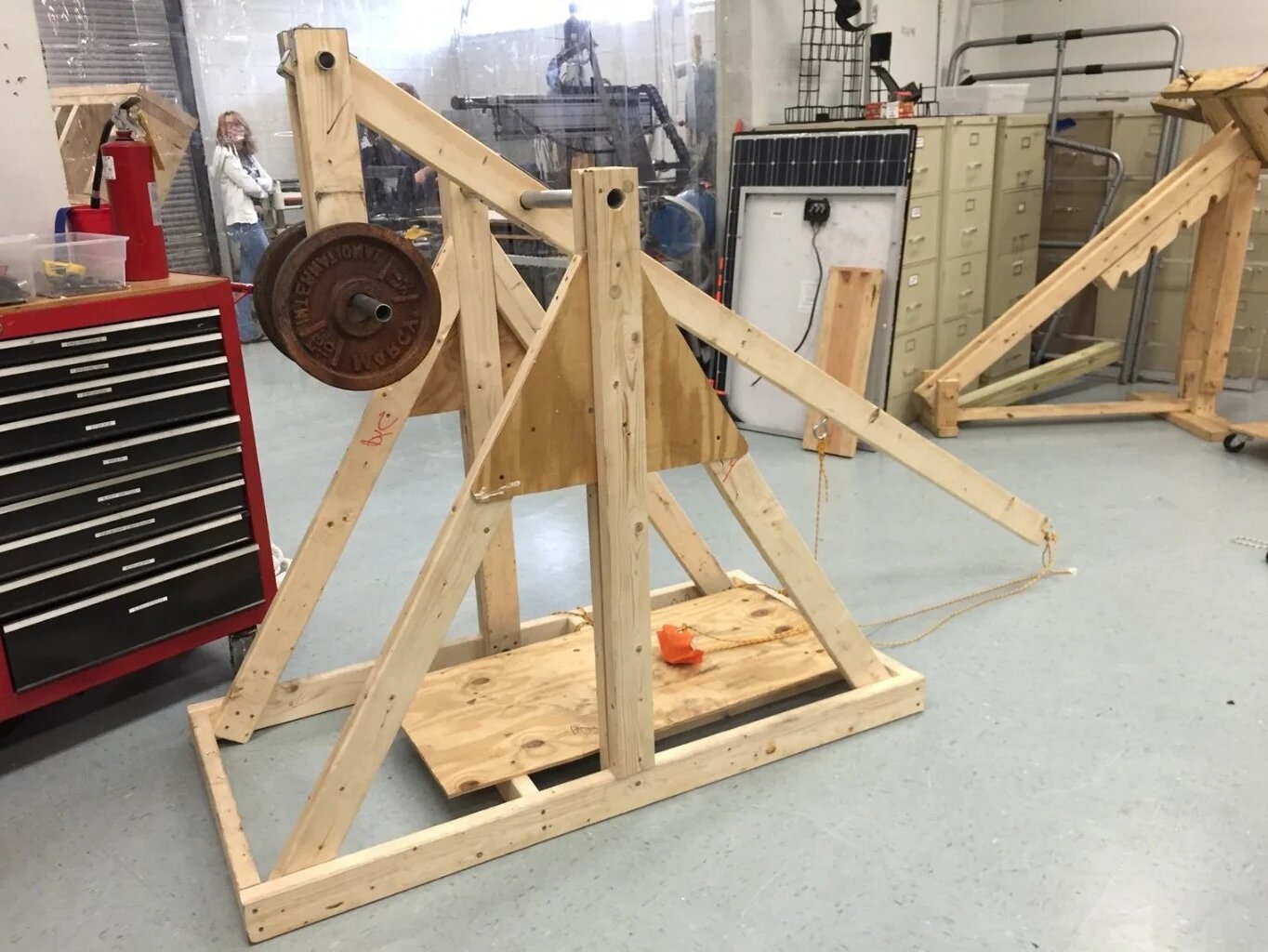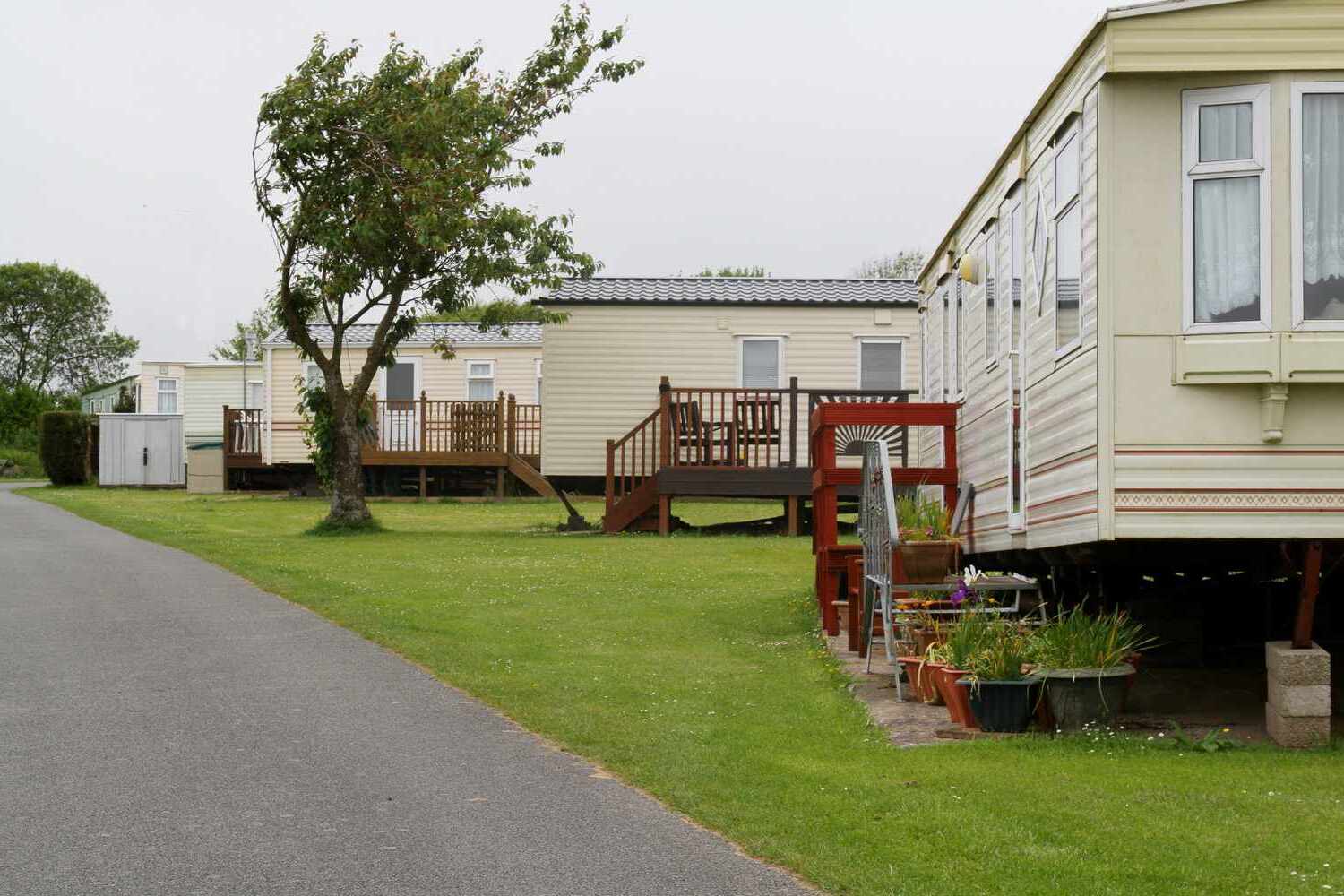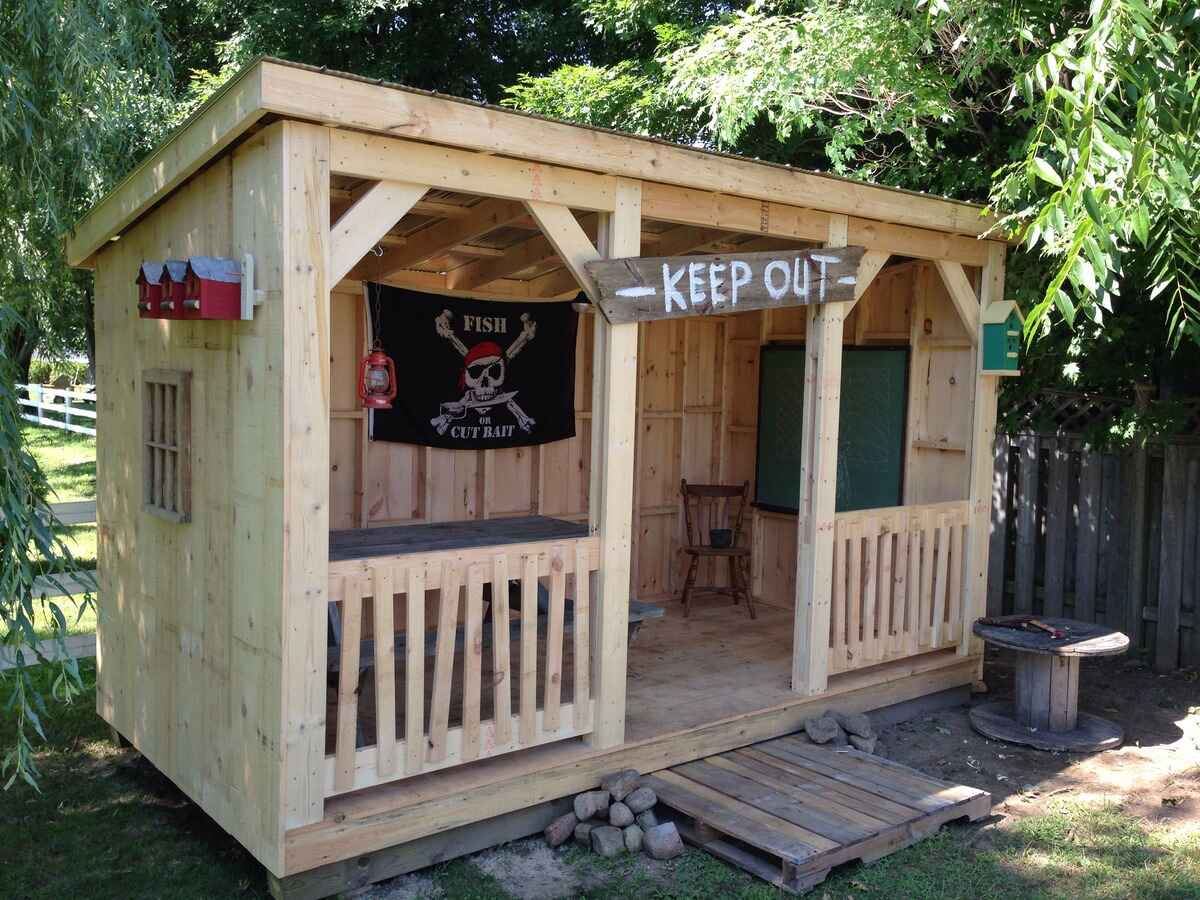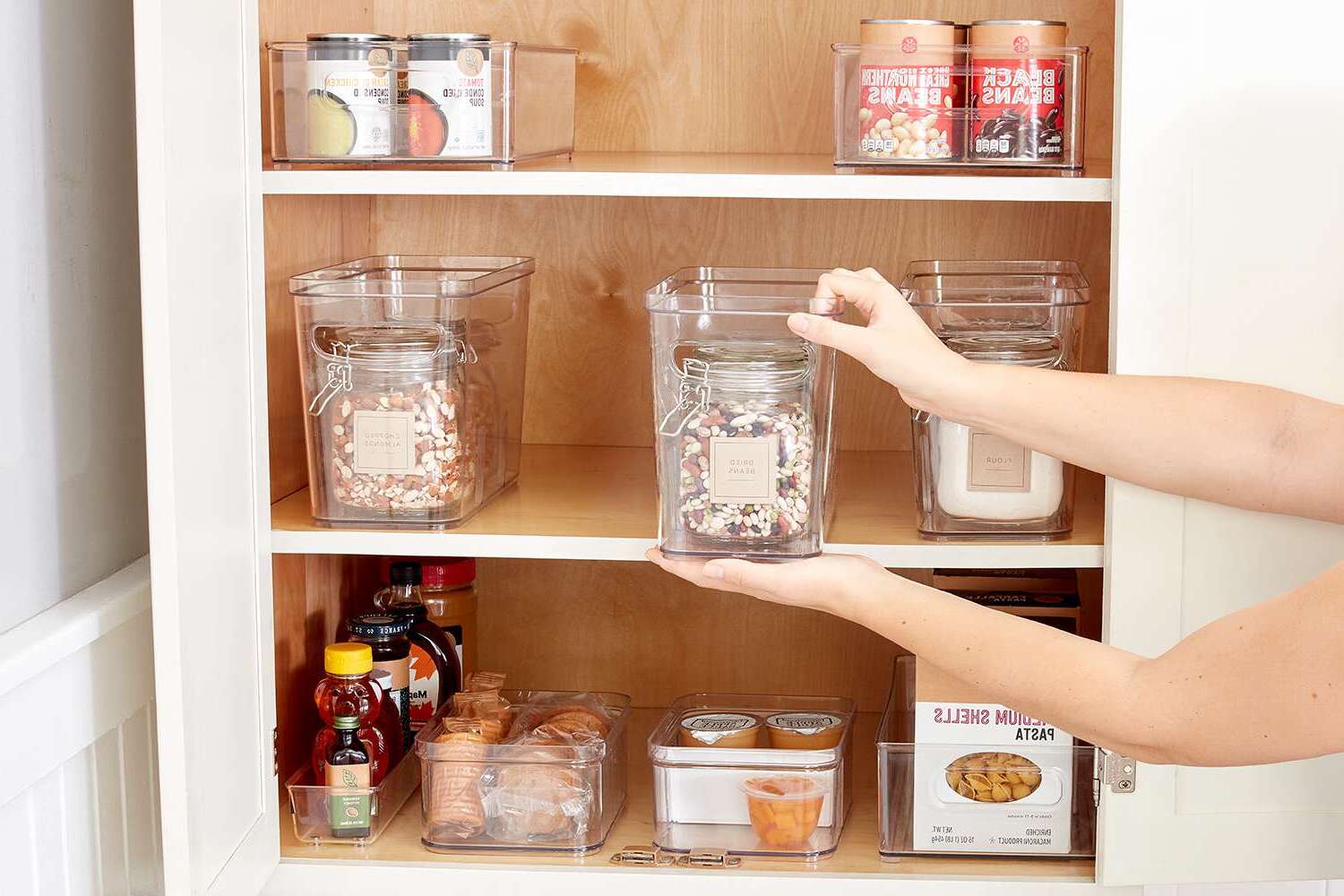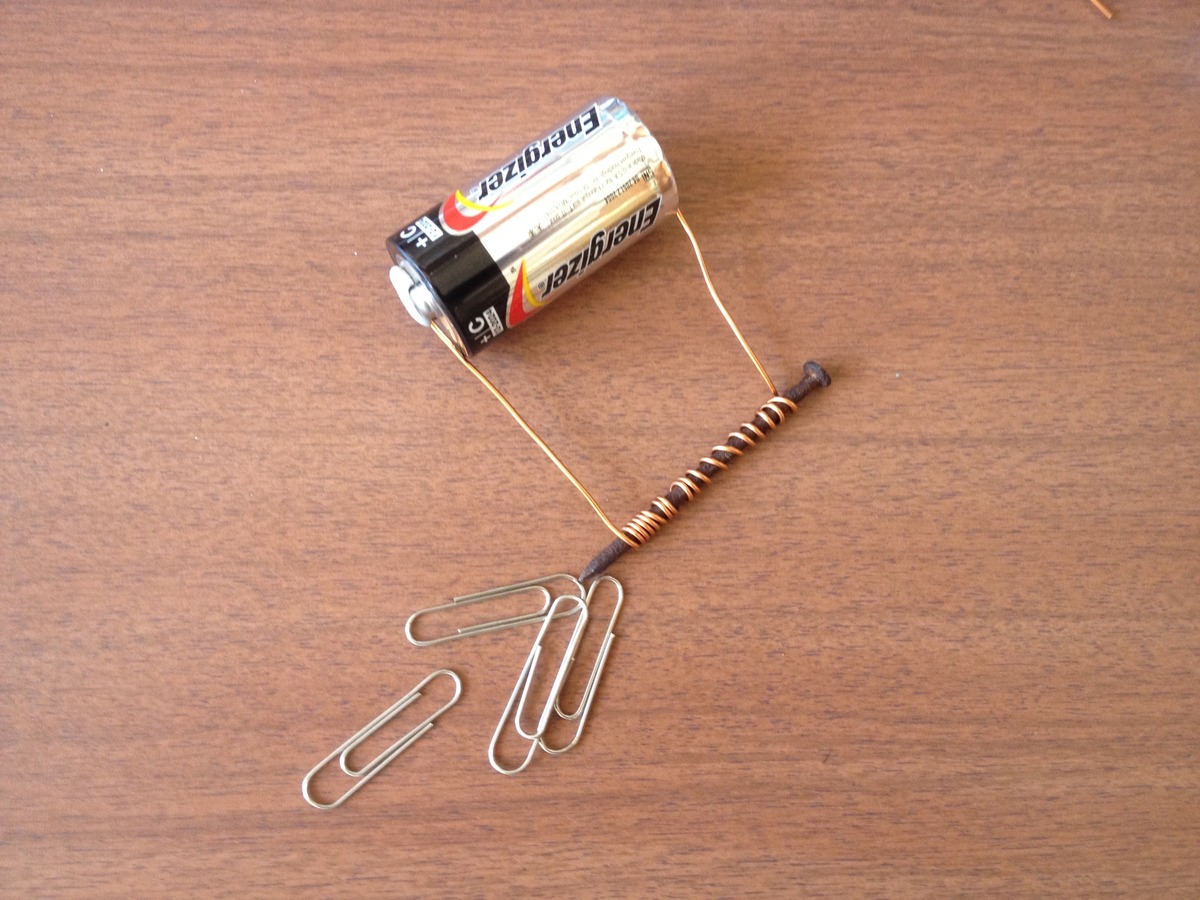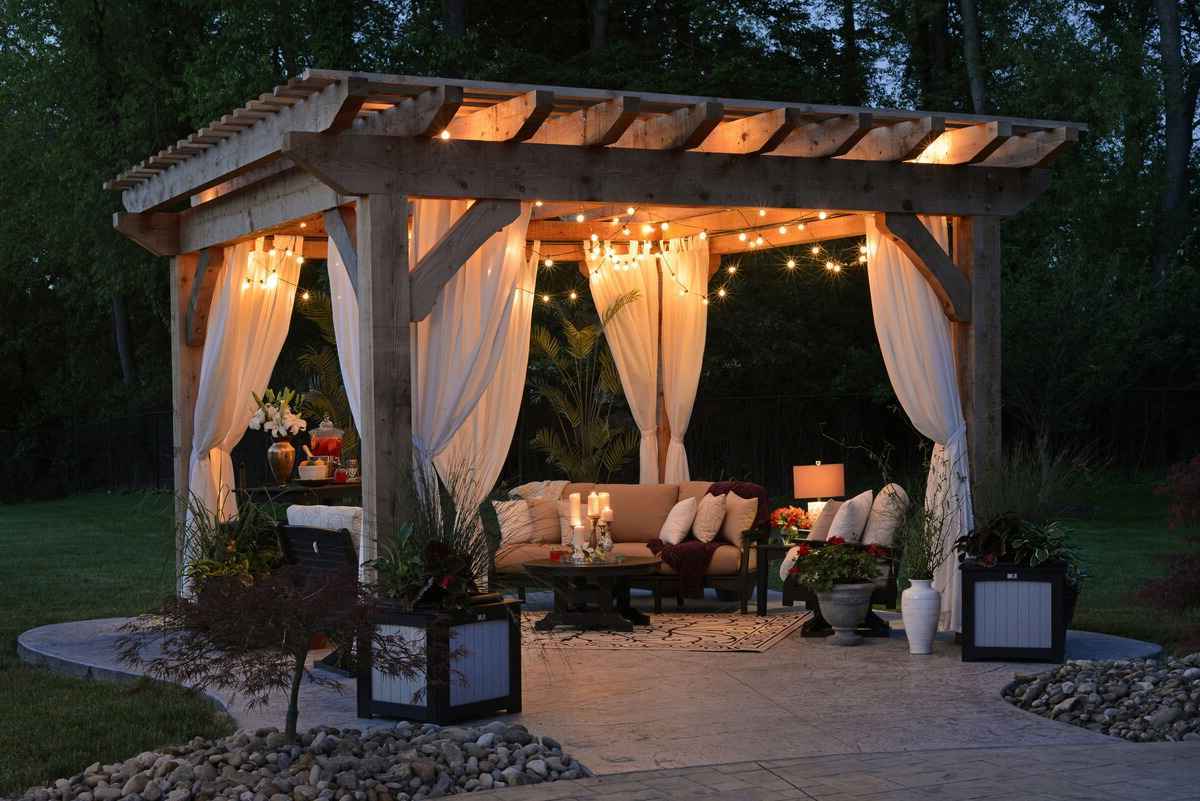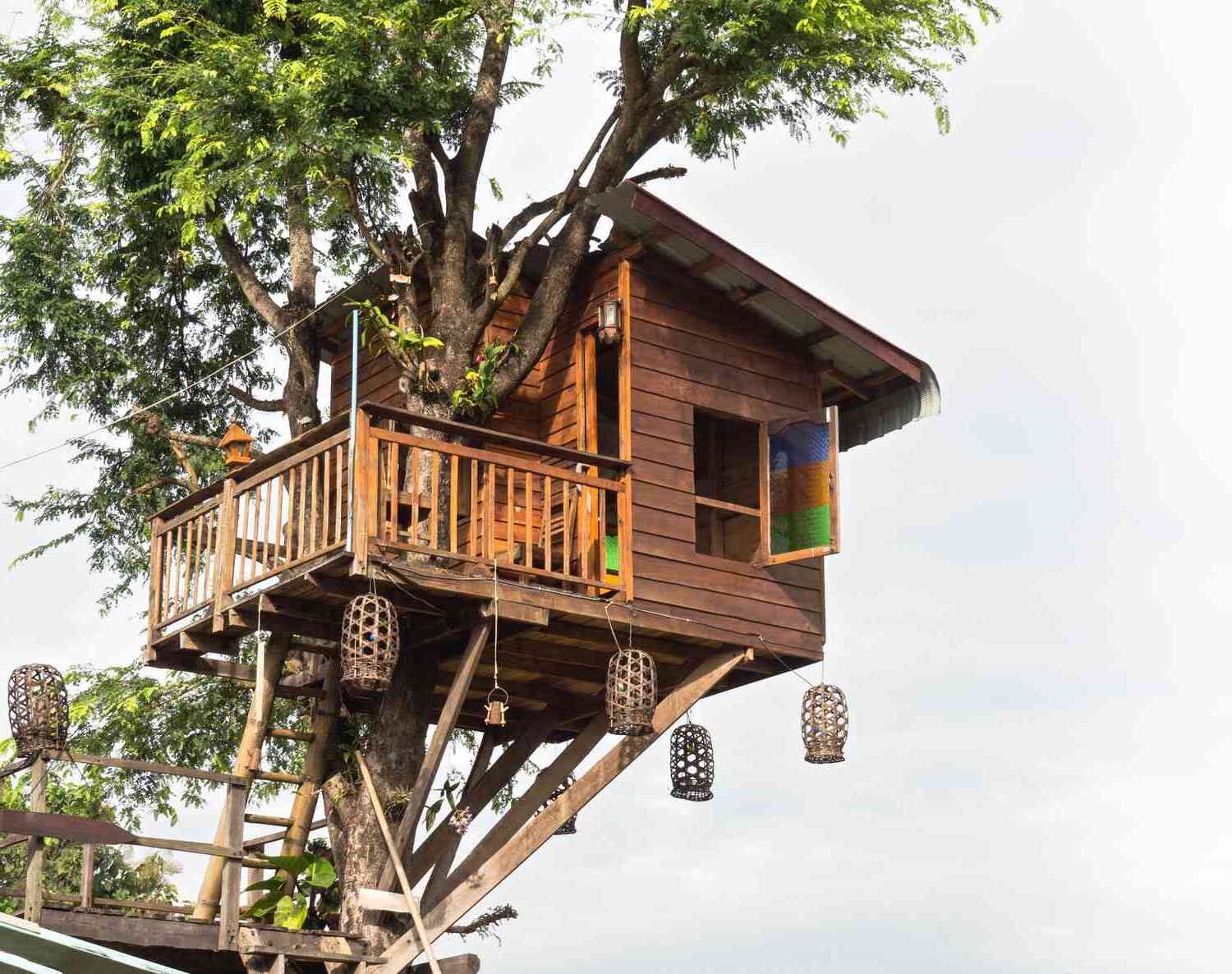Home>Create & Decorate>DIY & Crafts>How To Build A Banister
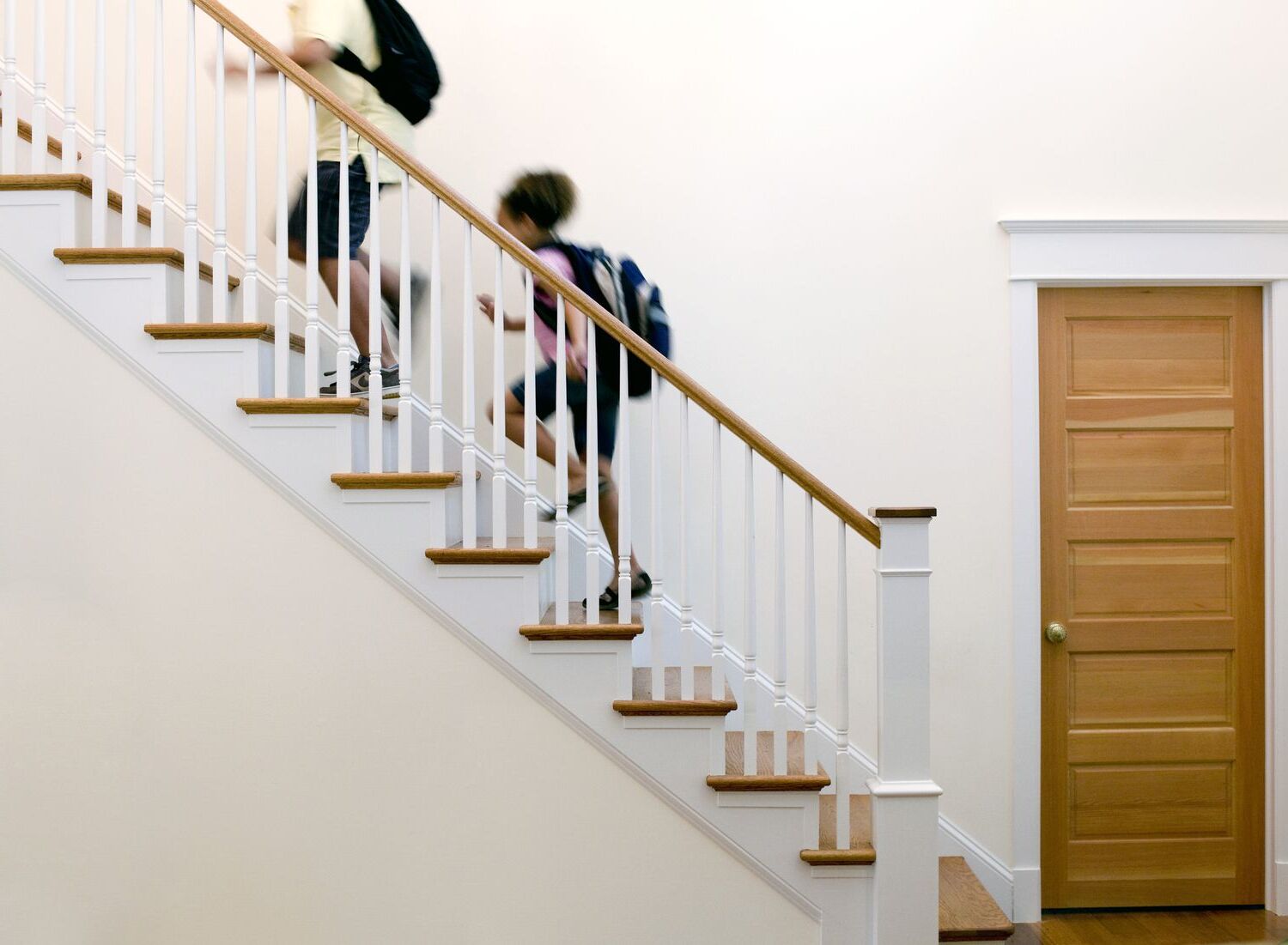

DIY & Crafts
How To Build A Banister
Published: May 1, 2024

Senior Editor in Create & Decorate, Kathryn combines traditional craftsmanship with contemporary trends. Her background in textile design and commitment to sustainable crafts inspire both content and community.
Learn how to build a banister with our step-by-step DIY guide. Get creative with your crafts and elevate your home decor. Start your project today!
(Many of the links in this article redirect to a specific reviewed product. Your purchase of these products through affiliate links helps to generate commission for Twigandthistle.com, at no extra cost. Learn more)
Introduction
So, you've decided to take on the challenge of building a banister for your home. Congratulations! A banister not only adds safety and support to your staircase but also enhances the overall aesthetic of your home. Whether you're a seasoned DIY enthusiast or a newcomer to the world of home improvement, building a banister can be a rewarding project that adds value to your living space. In this guide, we'll walk you through the step-by-step process of building a banister that is not only functional but also adds a touch of style to your home. Let's roll up our sleeves and get started!
Read more: How To Build A Dock
Choosing the Right Materials
When it comes to building a banister, selecting the right materials is crucial for ensuring both durability and visual appeal. Here are the key materials you'll need for this project:
1. Wood
- Pressure-Treated Pine: Ideal for outdoor banisters due to its resistance to rot and decay.
- Redwood or Cedar: These hardwoods are perfect for both indoor and outdoor banisters, offering natural beauty and durability.
2. Metal
- Steel: Known for its strength and modern look, steel is a popular choice for contemporary banisters.
- Wrought Iron: Adds a classic, elegant touch to any staircase and is highly durable.
3. Glass
- Tempered Glass Panels: Provide a sleek and modern appearance, allowing for unobstructed views while maintaining safety.
Read more: How To Build A Hearth
4. Other Materials
- Hardware: Choose high-quality screws, bolts, and brackets to ensure the stability and longevity of your banister.
- Finishing Materials: Whether you opt for paint, stain, or varnish, the right finishing touches can elevate the appearance of your banister.
By carefully considering the pros and cons of each material, you can select the one that best suits your aesthetic preferences, maintenance requirements, and budget.
Measuring and Planning
Before diving into the construction phase, it's essential to take precise measurements and create a detailed plan for your banister project. Here's how to get started:
-
Measure the Staircase: Begin by measuring the length of the staircase where the banister will be installed. Take accurate measurements of the total length, as well as the individual sections such as straight runs, landings, and any turns or transitions.
-
Determine the Height: The standard height for a banister is around 36 inches, but local building codes may vary. Check the regulations in your area to ensure compliance with safety standards.
-
Sketch a Design: Create a rough sketch or use a design software to visualize the layout of your banister. Consider the style, whether it's traditional, modern, or a custom design, and how it complements the overall aesthetic of your home.
-
Select the Baluster Spacing: Decide on the spacing between the balusters (the vertical posts that support the handrail). The typical spacing is 4 inches or less to prevent small children from getting stuck between them.
-
Plan the Handrail Placement: Determine the position of the handrail, ensuring it is at a comfortable height for users. It should also align with the top and bottom of the staircase for a seamless look.
-
Consider the Materials: Based on your design and measurements, finalize the type and quantity of materials needed for the project. This includes the wood, metal, or glass components for the handrail, balusters, and newel posts.
By meticulously measuring and planning every aspect of your banister, you'll lay a solid foundation for a successful construction process. This preparation phase sets the stage for a smooth and efficient execution of the project.
Building the Support Structure
Now that you've chosen the materials and planned out the design, it's time to focus on building the support structure for your banister. This crucial step sets the foundation for the entire installation and ensures the stability and safety of the finished product. Here's a detailed breakdown of the process:
-
Locate and Mark the Studs: Use a stud finder to locate the wall studs where the banister will be attached. Mark these locations clearly to serve as reference points for the installation.
-
Prepare the Newel Posts: If your banister design includes newel posts, position them at the starting and ending points of the staircase. Secure the newel posts to the floor and the wall, ensuring they are plumb and securely anchored.
-
Install the Baluster Shoes: Baluster shoes are the connectors that attach the balusters to the treads and handrail. Secure the baluster shoes to the treads and the underside of the handrail, ensuring they are evenly spaced and aligned.
-
Attach the Handrail Brackets: Depending on the design, you may need to install handrail brackets to support the handrail along the wall. Use a level to ensure the brackets are installed at the correct height and are parallel to the staircase.
-
Secure the Balusters: With the baluster shoes in place, insert the balusters into the shoes and secure them tightly. Double-check the spacing between the balusters to ensure they comply with safety standards and the design specifications.
-
Reinforce the Structure: Once the main components are in place, reinforce the entire support structure by checking for any loose connections or wobbling elements. Make any necessary adjustments to ensure the entire banister is solid and secure.
By meticulously following these steps, you'll create a robust support structure that forms the backbone of your banister. This phase sets the stage for the final installation of the handrail and the completion of your impressive DIY banister project.
Installing the Handrail
Now that the support structure is in place, it's time to focus on installing the handrail, the defining feature of your banister. This step requires precision and attention to detail to ensure a seamless and secure handrail installation. Here's a detailed breakdown of the process:
-
Prepare the Handrail: Before installation, ensure that the handrail is cut to the appropriate length and has any necessary decorative or functional elements, such as end caps or connectors, attached.
-
Position the Handrail: Carefully position the handrail on top of the balusters and newel posts, ensuring that it aligns perfectly with the support structure. Use clamps to temporarily secure the handrail in place.
-
Secure the Handrail: Using a drill and screws, attach the handrail to the balusters and newel posts. Ensure that the screws are driven in securely to provide maximum stability.
-
Check for Stability: Once the handrail is attached, test its stability by applying pressure in various directions. It should feel firm and secure, with no wobbling or movement.
-
Smooth the Edges: If the handrail has been cut or modified, use sandpaper to smooth any rough edges or imperfections. This not only enhances the appearance but also ensures safety for anyone using the banister.
-
Apply Finishing Touches: If you've chosen a wood handrail, consider applying a protective finish such as varnish or polyurethane to enhance its durability and appearance. For metal or glass handrails, ensure they are clean and free of any smudges or marks.
By following these steps, you'll successfully install the handrail, the crowning element of your banister project. This phase brings the entire structure together, providing both functional support and visual appeal to your staircase.
Read more: How To Build A Cupola
Finishing Touches
After the main components of the banister are in place, it's time to focus on the finishing touches that will elevate the overall appearance and ensure the longevity of your project. Here's how to add those final details that make a significant difference:
-
Smooth the Edges: If the handrail or any other wooden components have been cut or modified during the installation process, it's essential to use sandpaper to smooth any rough edges or imperfections. This not only enhances the appearance but also ensures safety for anyone using the banister.
-
Apply Protective Finish: For wooden handrails, consider applying a protective finish such as varnish or polyurethane. This not only enhances the natural beauty of the wood but also provides a durable layer of protection against wear and tear. Ensure that the finish is applied evenly and allowed to dry completely before the banister is put into regular use.
-
Clean and Polish: If you've opted for a metal or glass handrail, ensure that it is clean and free of any smudges or marks. Use a suitable cleaner and a soft cloth to remove any fingerprints or dirt, and then polish the surface to achieve a pristine, reflective finish.
-
Add Decorative Elements: Depending on your design preferences, consider adding decorative elements such as end caps, rosettes, or ornamental brackets to enhance the visual appeal of the banister. These small details can add a touch of elegance and personality to the overall design.
-
Inspect for Quality: Once the finishing touches are applied, take a step back and inspect the entire banister for quality and completeness. Check for any loose connections, rough spots, or areas that may need additional attention. Making any necessary adjustments at this stage will ensure that your banister is not only visually appealing but also structurally sound.
By paying attention to these finishing touches, you'll bring your banister project to its full potential, creating a polished and professional-looking addition to your home. These details not only enhance the aesthetics but also contribute to the overall safety and durability of your DIY banister.

